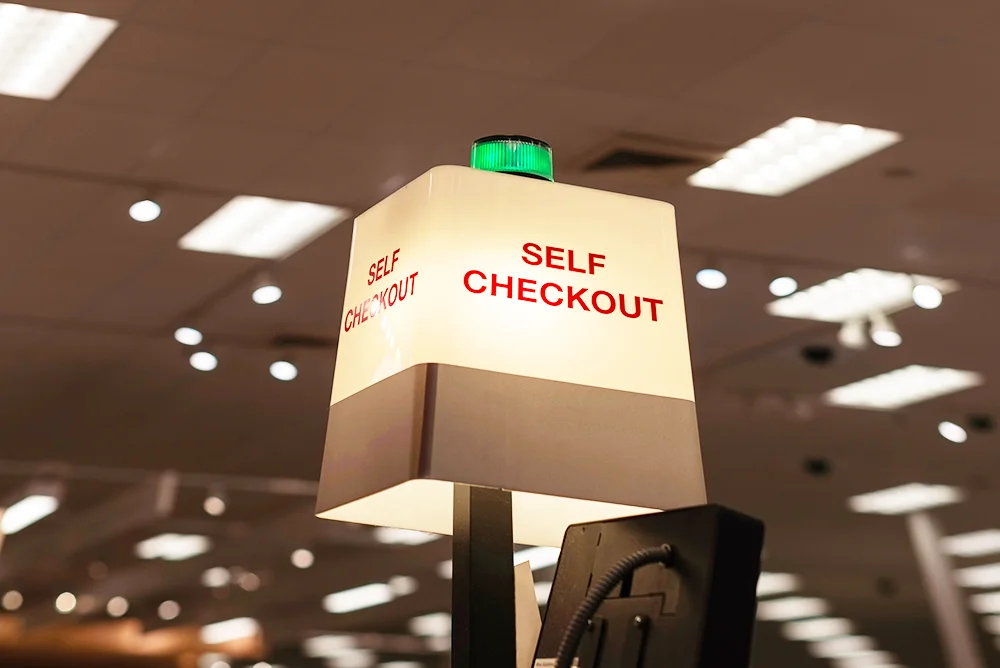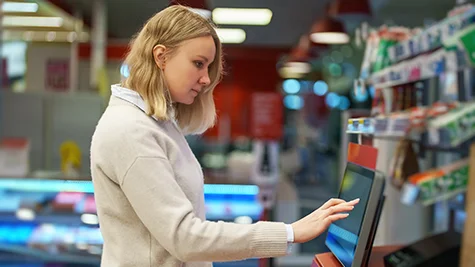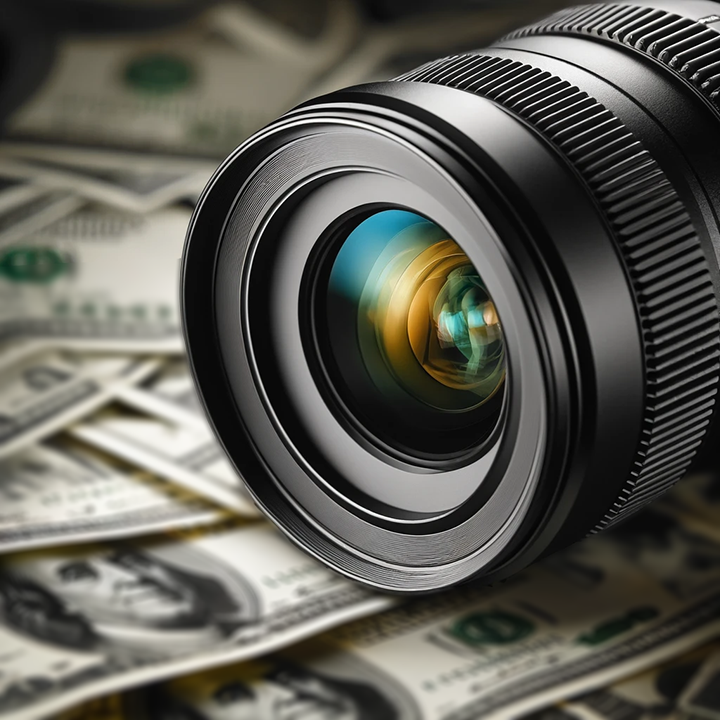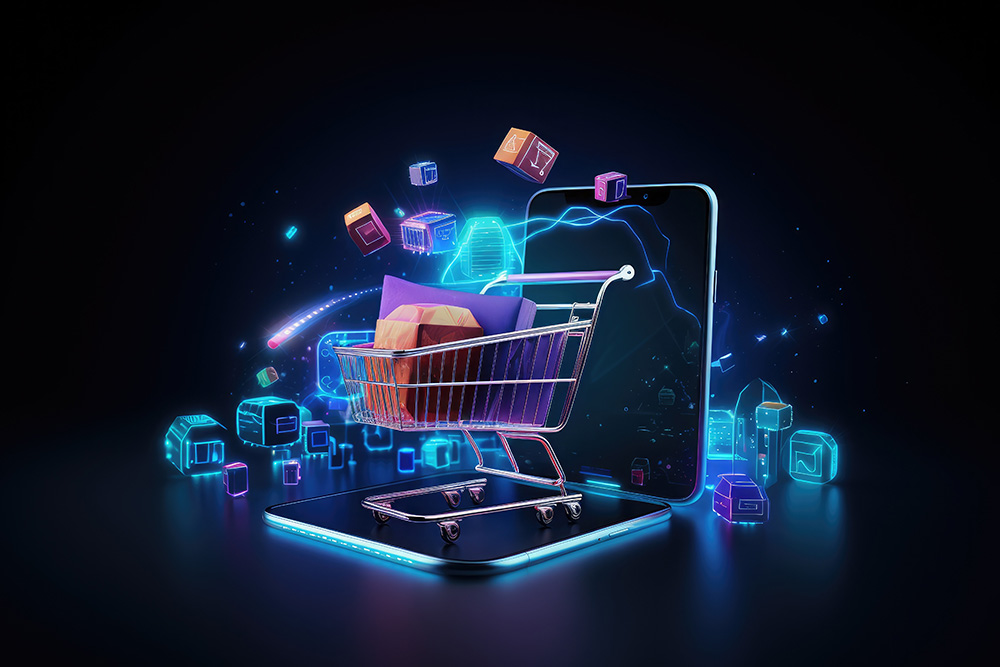As self-checkout faces a reckoning, advancements in computer vision can fuel the next generation of solutions and help address core self-checkout issues around shrink reduction and customer experience.
The history of self-checkout
First introduced in the mid-1980s, self-checkout has frequently been heralded as the future of retail. Yet, even as self-checkout became increasingly more common in the 2000s, so too did the complaints, with such media outlets as Time Magazine heralding “The End of Customer Service” in 2008 and the BBC detailing the technology’s many issues in 2009.
Despite such a lukewarm reception, the pace of adoption has only increased over the years. According to the New York Times, only 6% of supermarkets in the US had self-checkout lanes in 1999. By 2003, the figure had risen to 38%, and six years later, the Wall Street Journal estimated that “nearly half of supermarkets had some form of self-checkout.”
Self-checkout experienced a temporary pull back in 2011-2012, as customer service concerns and rising theft caused retailers to rethink the experience, but it was short-lived as interest and demand for the technology continued to increase. Fast forward to 2020, and 29% of transactions at food retailers were processed through self-checkout. Pandemic-accelerated changes resulted in self-checkout terminals being crowned the dominant grocery checkout format in 2022 as it accounted for 55% of transactions.
The self-checkout reckoning
In the past several months, however, self-checkout has faced a reckoning unlike any it has previously experienced. Major brands, such as Booths, Walmart, Target, Costco, Dollar General, and others have publicly and loudly pulled back on, and in some cases even eliminated self-checkout entirely.
This tidal wave of change has been a long time coming. Alternatively praised as a means to save money on labor, cut down on checkout times, and improve the customer experience, self-checkout has been equally blamed as a key contributor to lower profit margins, longer checkout lines, and a source of tremendous customer dissatisfaction.
As far back as 2012, almost a third of respondents to a UK survey of 5000 admitted to stealing at the self-checkout line, while a Business Insider story indicated that theft was up to five times higher in self-checkout lanes. A 2016 New York Times article reported on a study that indicated “the use of self-service lanes and smartphone apps to make purchases generated a loss rate of nearly 4%, more than double the average.” While Booths cited customer satisfaction as the primary reason behind their pullback, combating theft has been the dominant theme behind most of the recent self-checkout changes, especially as retailers attempt to address the 100+ billion dollar shrink problem.
The pullback has come with its own issues, however. In NCR Voyix’s Digital Commerce Index, 43% of shoppers would rather use self-checkout, including more than half (53%) of shoppers between 18-44, citing speed, shorter lines, and privacy. It’s no wonder then, that high-profile decisions around self-checkout has resulted in a customer backlash at Target and at Walmart, particularly as retailers struggle to staff appropriately as they make these changes.
How computer vision can help save self-checkout
While it might be fun to consider the imminent death of self-checkout, the reality, as Supermarket News puts it, is that self-checkout “may change, but it will not check out.” Between staffing issues and the preference of Gen Z customers for self-checkout, retailers aren’t killing self-checkout, so much as retrenching. As retailers and self-checkout solution providers consider what’s next for self-checkout, they need to be thinking about the dual challenge of shrink and customer experience. Yet all too often, efforts to address one have had a negative effect on the other.
That’s where computer vision can come in. Advanced computer vision has the potential to revolutionize self-checkout by striking a balance between reducing shrink and streamlining the customer experience. Unlike other theft deterrent methods such as touchy scales at self-checkout and locked items in the aisles, computer vision can actually improve and speed the customer experience while mitigating risk for the retailer. Consider the following use cases:
- Faster self-checkout: Advanced computer vision technology can detect products quickly, without the need for “just right” positioning or angles. No more searching for the bar code or having to run it through multiple times because the scan didn’t “take.” In addition, advanced computer vision can identify multiple products at once, eliminating the need to go item by item and speeding the checkout process as well as the likelihood of misleading scans.
- In-cart checkout: That same technology can be applied within a shopping cart, opening the possibility for scan-and-go solutions. By integrating cameras with computer vision capabilities directly into shopping carts, retailer’s can monitor the carts in real-time, identifying and logging items as they are placed in the cart or when they are taken out. Correlating that information with any checkout technology enables the system to alert either the retailer or the shopper if a discrepancy occurs, and identifies potential mistakes from customers who accidentally forget to scan an item.
- Self-checkout verification: Even in cases where retailers choose to keep their existing investments in self-checkout, computer vision can be added as a verification technique by scanning the items or the carts alongside existing technology to identify errors. Computer vision can also be used for relatively simple use cases such as identifying items under the cart that customers might have forgotten to scan.
In all these cases, computer vision not only helps provide further barriers to theft, but also simplifies, speeds, and improves the customer experience by eliminating friction in the process. These are just three of the potential use cases for computer vision in supporting a rebirth of self-checkout. As retailers and retail solution providers reconsider the technology, they may also consider the use of computer vision to analyze and identify risk factors such as suspicious behavior.
Ultimately, there’s little doubt that the future of retail checkout will include self-service and self-checkout options. As retailers retrench and reconsider the failings of current self-checkout, they should consider computer vision as a core component of its rebirth.




